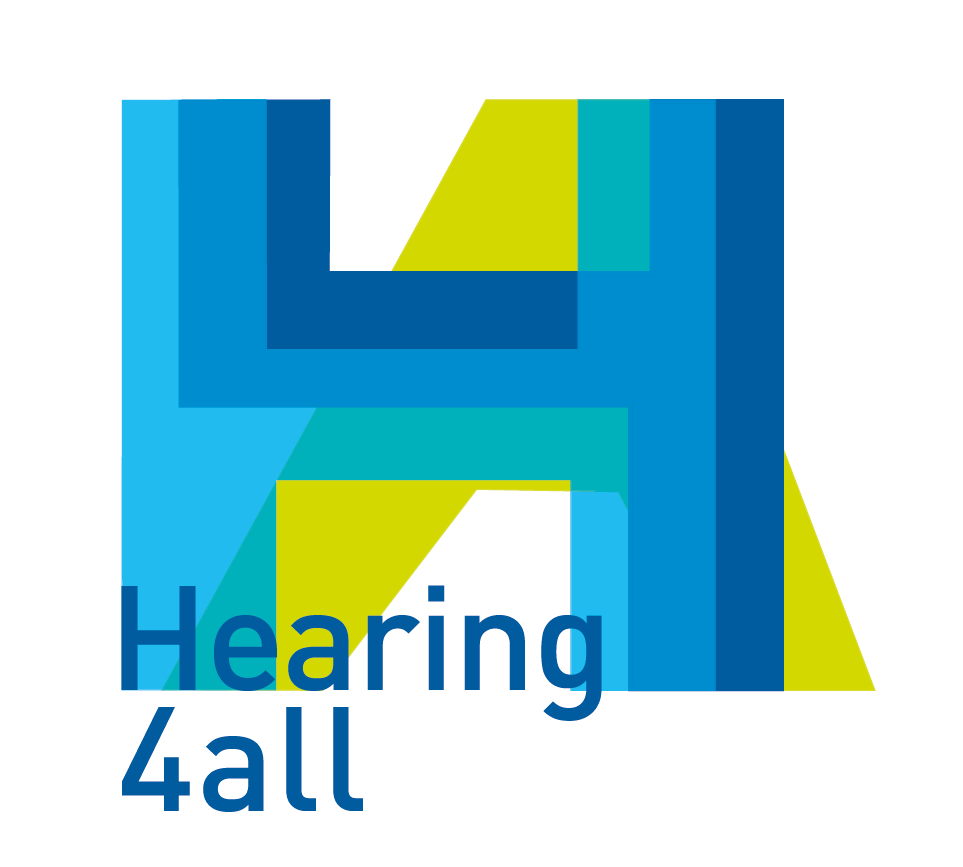Spatial release from informational and energetic masking in bimodal and bilateral cochlear implant users
Spatially separating the target and masker(s) increases speech understanding in noise. While bilateral cochlear implant (CI) users may receive some benefit from spatial release from masking (SRM), the degree of benefit is lower and more variable than normal-hearing listeners. Poor transmission of temporal fine structure with current CI technology limits transmission of interaural time differences (ITDs)—a likely reason for reduced SRM. For bimodal CI users, access to fine structure from the non-CI ear may facilitate speech understanding in noise via glimpsing and/or segregation. Because real-world listening involves informational masking with various spatial separations between talkers and distracters, we aimed to investigate the interaction between two types of maskers (informational and energetic) and SRM in a group of bimodal and bilateral CI users with symmetric noise configurations. Our hypotheses were 1) CI recipients would exhibit less SRM than shown in the literature with asymmetric noise configurations, and 2) bimodal listeners would exhibit greater release from informational masking than bilateral CI users.
Speech understanding was assessed in the presence of speech (informational) and signal-correlated noise (energetic) maskers for 22 adult CI users (8 bilateral, 14 bimodal). A single female or male talker presented at 60 dBA originated from 0 degrees and the distracters (two different male talkers or signal-correlated noise) were positioned at either 0 degrees, 45 & 315 degrees, or 90 & 270 degrees. The signal-to-noise ratio (SNR) was determined individually to yield approximately 50% correct with the best CI alone. Results revealed that neither bimodal nor bilateral CI users exhibited SRM, and bimodal listeners exhibited greater release from informational masking than bilateral CI users, particularly for male talkers. Previous studies investigated SRM using asymmetric noise configurations allowing for better ear listening to dominate. In symmetric noise conditions, listeners rely on binaural cues, which are not generally available to CI users. For this reason, CI users with acoustic hearing preservation may fare better in symmetric noise configurations if they are able to use ITD cues.
Bimodal and bilateral CI users exhibit similar release from informational masking for a female target talker. When the target and masker were both male, bimodal listeners exhibited greater release from informational masking than bilateral CI users. Bimodal listeners may have been able to combine segregation and/or glimpsing—via fine structure in the non-CI ear—thereby increasing susceptibility to informational masking with the speech maskers.
Warning: Use of undefined constant s - assumed 's' (this will throw an Error in a future version of PHP) in /home/spinnluxnr/www/2017/pages/programme.php on line 208


